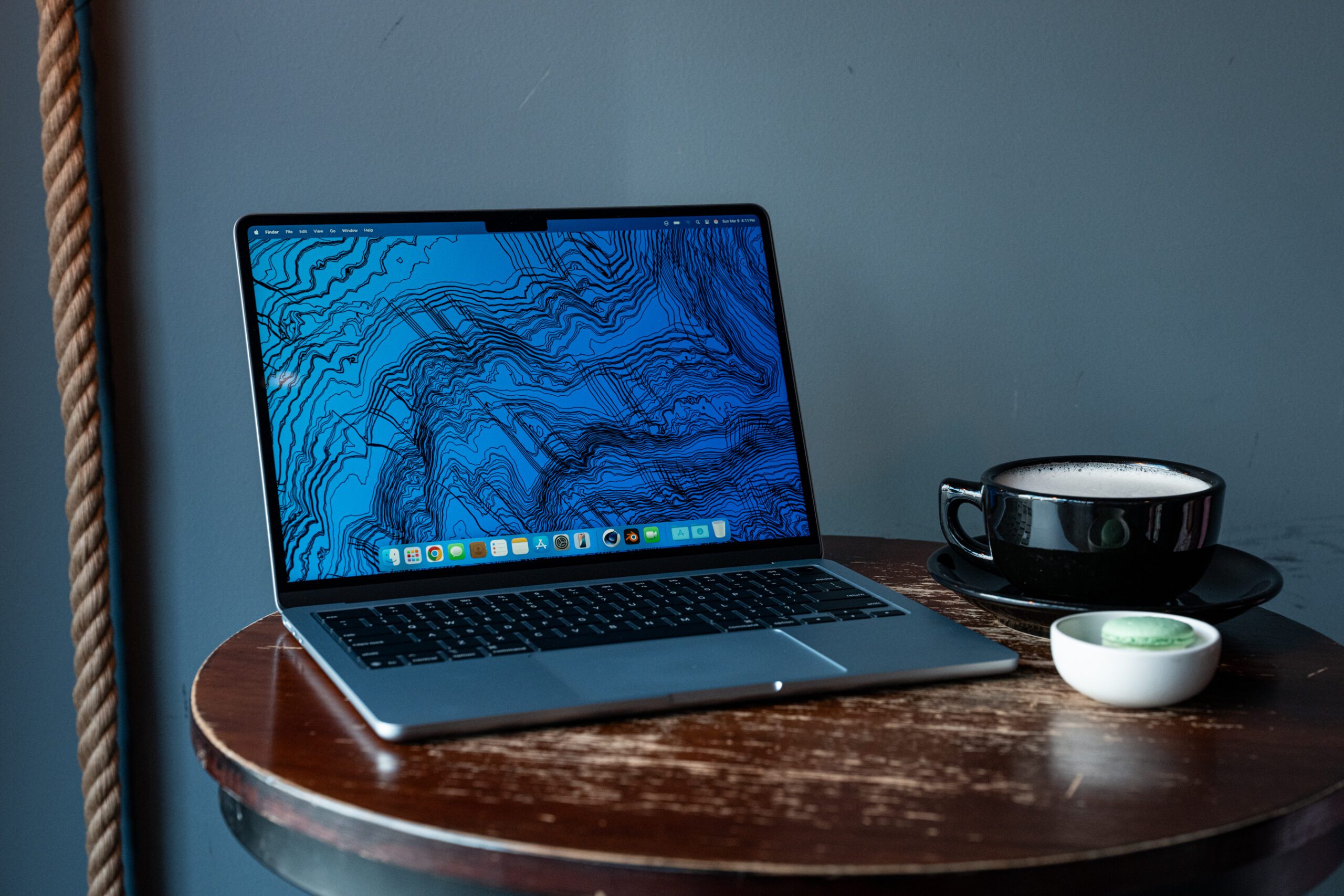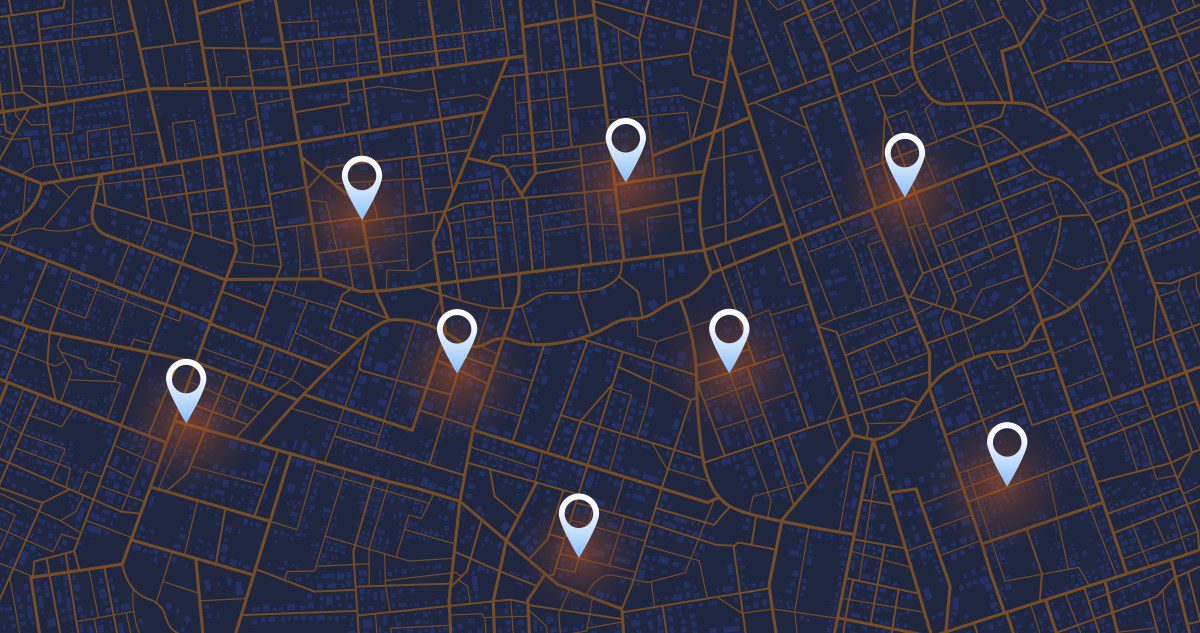
google maps can tell polestar 4 drivers Google Maps has introduced a new feature that enhances the driving experience for Polestar 4 owners by providing real-time lane guidance.
google maps can tell polestar 4 drivers
Overview of Live Lane Guidance
On Tuesday, Google announced the rollout of its live lane guidance feature specifically designed for drivers of the Polestar 4, an electric vehicle (EV) that utilizes Google’s built-in Android software. This innovative feature leverages the vehicle’s front-facing camera to detect lane markings and road signs, allowing Google Maps to provide customized audio and visual cues to drivers regarding when to merge lanes. This integration represents a significant advancement in the way navigation systems can assist drivers, particularly in complex driving situations.
How It Works
The live lane guidance system operates by using the Polestar 4’s camera to “see” the road. This information is processed by Google Maps’ artificial intelligence (AI), which then generates real-time guidance for the driver. For instance, if a driver is traveling in the left lane of a highway and their exit is approaching on the right, the system will alert them to the need to merge. Google provides a practical example: “With live lane guidance, just glance at your dash display to see exactly which lane you can be in at any given moment.” This feature not only enhances situational awareness but also reduces the cognitive load on drivers, allowing them to focus more on the road.
Real-World Application
Imagine a scenario where a driver is navigating a busy highway. The driver is in the left lane, and their exit is coming up on the right. Traditionally, a driver would need to assess their surroundings, gauge the distance to the exit, and decide when to merge—all while managing the flow of traffic. With live lane guidance, the Polestar 4 will provide timely reminders to merge, reducing the likelihood of missed exits or last-minute lane changes. This feature is particularly beneficial in high-traffic situations where quick decision-making can be stressful and potentially dangerous.
Integration with Polestar’s User Experience Strategy
Polestar has been focused on creating a driver-centric user experience (UX) that prioritizes safety and convenience. Sid Odedra, Polestar’s head of UX/UI, commented on the significance of this new feature, stating, “Live lane guidance continues the path of Polestar’s driver-centric UX strategy, reducing driver stress and improving safety by making missed exits and last-minute lane changes much less of a worry.” This commitment to enhancing the driving experience is evident in the seamless integration of Google’s technology into Polestar vehicles.
Previous Integrations
Over the past five years, Polestar has incorporated various Google products into its vehicles, including Google Chrome and high-definition maps. This integration allows for a more cohesive and intuitive infotainment system, which is essential for modern drivers. As technology continues to evolve, the partnership between Polestar and Google positions the automaker to remain at the forefront of automotive innovation.
Current Availability and Future Plans
As of now, the live lane guidance feature is exclusively available for Polestar 4 vehicles equipped with Google built-in, and it is limited to users in the United States and Sweden. However, Google has indicated plans to expand this feature to additional vehicles as it collaborates with other automakers in the future. This expansion could potentially bring live lane guidance to a broader audience, enhancing the driving experience for many more users.
Future Road Types and Features
In addition to expanding the availability of live lane guidance, Google has plans to incorporate more road types beyond highways. This could include urban streets, rural roads, and other driving environments where lane guidance would be beneficial. The ability to adapt the technology to various driving conditions will further enhance its utility and effectiveness.
Implications for the Automotive Industry
The introduction of live lane guidance in the Polestar 4 is indicative of a broader trend within the automotive industry towards integrating advanced technology into vehicles. As cars become increasingly connected, features like real-time navigation assistance are likely to become standard. This shift not only enhances the driving experience but also raises questions about the future of driving and the role of human drivers in an increasingly automated world.
Safety Considerations
One of the primary benefits of live lane guidance is its potential to improve road safety. By providing drivers with timely information about when to merge, the system aims to reduce the number of accidents caused by sudden lane changes or missed exits. According to various studies, distractions and stress are significant contributors to road accidents. By alleviating some of this stress, live lane guidance could contribute to safer driving conditions.
Consumer Reactions
Initial reactions from consumers and industry experts have been largely positive. Many drivers appreciate the added layer of assistance, particularly in complex driving scenarios. The convenience of receiving real-time updates directly on the dashboard is seen as a significant advantage, especially for those who frequently navigate busy highways or unfamiliar routes. However, some experts caution against over-reliance on technology, emphasizing the importance of maintaining driver awareness and engagement.
Conclusion
Google Maps’ live lane guidance feature represents a significant advancement in the integration of technology within the automotive sector. By leveraging the capabilities of the Polestar 4’s front-facing camera and Google’s AI, this feature aims to enhance the driving experience by providing timely and relevant information to drivers. As the automotive industry continues to evolve, the partnership between Polestar and Google may pave the way for further innovations that prioritize safety, convenience, and user experience.
Source: Original report
Was this helpful?
Last Modified: November 4, 2025 at 10:37 pm
1 views















